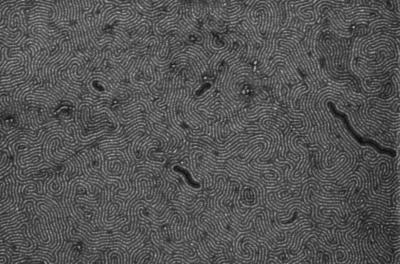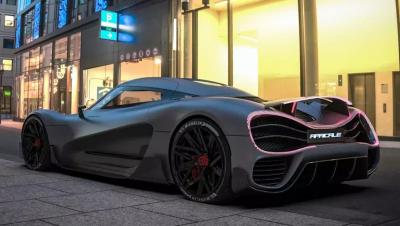New method to produce graphene nanoribbons could promote use in telecommunications applications
University of WisconsinMadison researchers have fabricated graphene into the smallest ribbon structures to date, using a method that is said to make scaling-up simple. In tests with these tiny ribbons, the scientists discovered they were closing in on the properties they needed to move graphene toward usefulness in telecommunications equipment.
 Image credit: University of WisconsinâMadison
Image credit: University of WisconsinâMadison
Previous research suggested that to be viable for telecommunication technologies, graphene would need to be structured prohibitively small over large areas, (which is) a fabrication nightmare, says Joel Siegel, a UWMadison graduate student in physics professor Victor Brar’s group and co-lead author of the study. In our study, we created a scalable fabrication technique to make the smallest graphene ribbon structures yet and found that with modest further reductions in ribbon width, we can start getting to telecommunications range.
